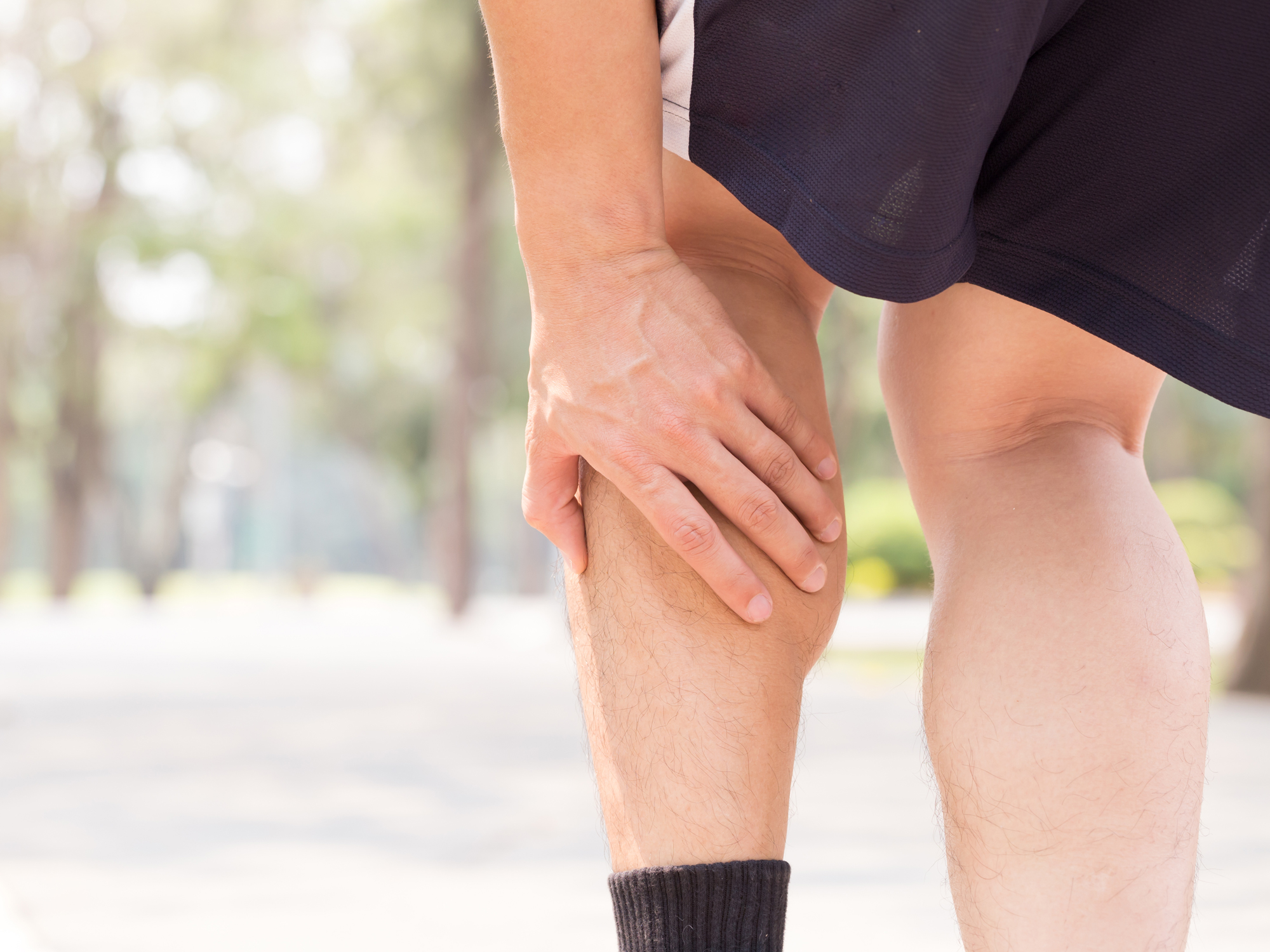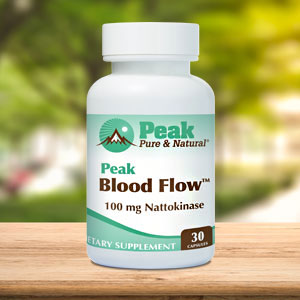Get Easy Health Digest™ in your inbox and don’t miss a thing when you subscribe today. Plus, get the free bonus report, Mother Nature’s Tips, Tricks and Remedies for Cholesterol, Blood Pressure & Blood Sugar as my way of saying welcome to the community!
6 things muscle cramps say about your health

Muscle cramps are a common problem with a lot of potential causes. But no matter what’s causing your muscle cramps, regular cramping isn’t something you should ignore. It’s your body’s way of telling you something’s not right…
It’s not always easy to get to the bottom of mysterious muscle cramps. But if you pay attention to the signs you can most likely narrow it down to one of six common causes of cramping:
- You’re overworking your muscles. If you’re exercising extra hard, you could end up with muscle cramps. These type of muscle cramps are pretty easy to spot because they usually happen after a vigorous workout. The best way to prevent cramps caused by overworked muscles is to tone down you exercise routine and make sure to stretch before you work out.
- You’ve strained a muscle. A strain happens when you’ve stretched your muscle too far. And muscle cramping is one sign of a serious strain.
- You’re dehydrated. Dehydration is probably the most common cause of muscle cramping. That’s because low water levels can lead to low sodium levels. When you’re muscle isn’t getting the sodium it needs, it starts cramping. Of course, there is an easy fix for this cause…stay well hydrated.
- You have a compressed nerve. If the nerves in your spine are compressed, you can experience cramps in your legs. You can tell if this is the cause of cramping, because the pain gets worse the longer you walk. The pain should also improve a bit if you walk with your back in a slightly flexed position, like you would if you were pushing a shopping cart.
- You have poor blood circulation. If your legs aren’t getting enough blood, it’s likely you’ll experience some painful cramping. If poor blood circulation is the cause of your cramping, you’ll feel more pain while you’re exercising. When you stop exercising, the cramps should get better. You can also boost your circulation with this veggie juice.
- You have a mineral deficiency. Missing minerals are a likely culprit if you’re having mysterious muscle cramps. Some mineral deficiencies that can cause muscle cramps are potassium, calcium and magnesium deficiencies. If you suspect one of these deficiencies is at the root of your constant cramping, you can get a simple blood test to know for sure.
Hopefully, you can finally get the bottom of your cramping muscles. Once you do, you’re one step closer to a permanent solution for this pesky problem. In the meantime, if you’re looking for immediate relief from a painful muscle cramp you can try:
- It will help get blood flowing to the muscle. Get up and stretch this way to feel great!
- Clove oil and wintergreen oil can ease a cramping muscle if you apply them directly to the site. They both have anti-inflammatory and analgesic properties. Peppermint oil is a good choice.
- A heating pad. Heat can also increase blood flow to the site. A heating pad is even more effective if you alternate it with an ice pack.
- If you apply light pressure to the cramped muscle, you can improve blood flow and loosen up the tight muscle.
- Vitamin E. Taking vitamin E can improve the health of your arteries and enhance blood flow to your muscles, which makes muscle cramps much less likely— so can beet root juice.
Editor’s note: Are you feeling unusually tired? You may think this is normal aging, but the problem could be your master hormone. When it’s not working, your risk of age-related diseases skyrockets. To reset what many call “the trigger for all disease” and live better, longer, click here to discover The Insulin Factor: How to Repair Your Body’s Master Controller and Conquer Chronic Disease!
Sources:
- “Muscle Cramp.” — The Mayo Clinic. http://www.mayoclinic.org. Retrieved October 7, 2016.
- “Muscle Cramps: Home Remedies and Causes.” — Organic Facts. https://www.organicfacts.net. Retrieved October 7, 2016.













